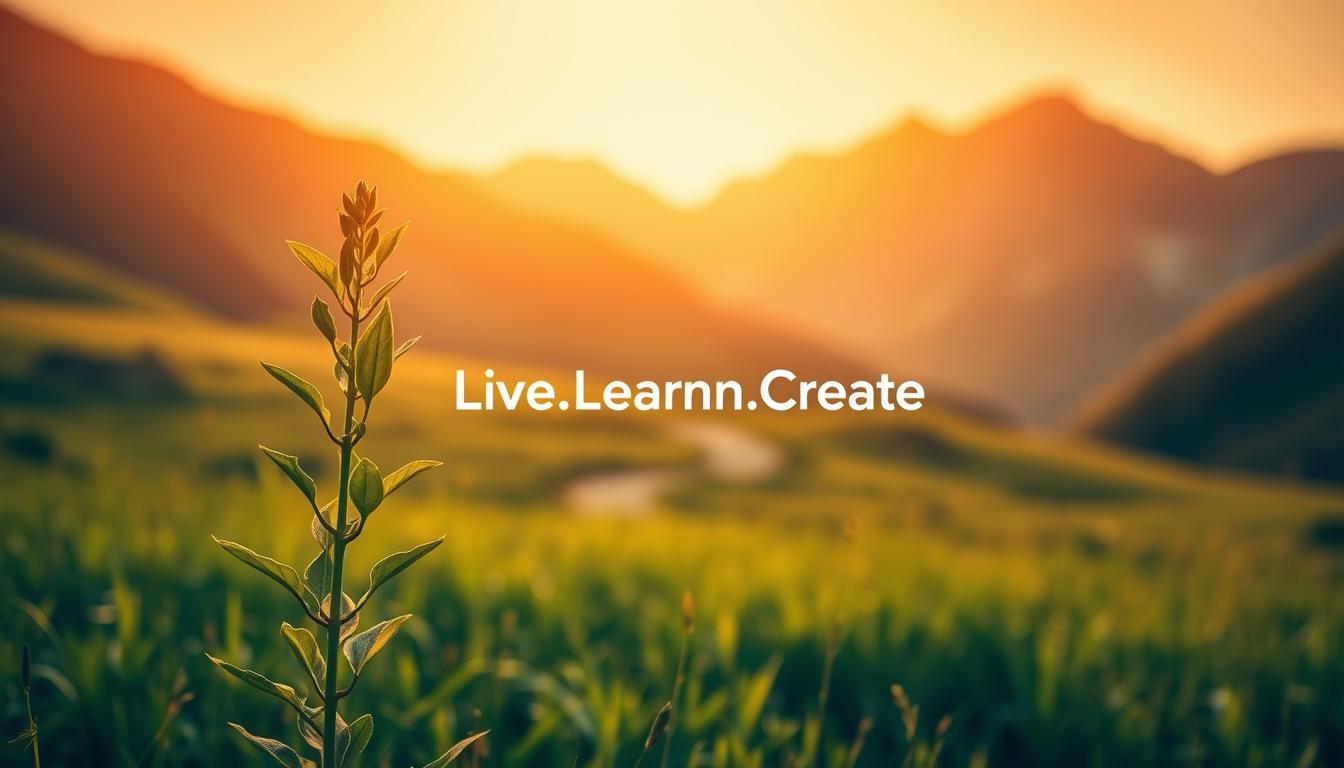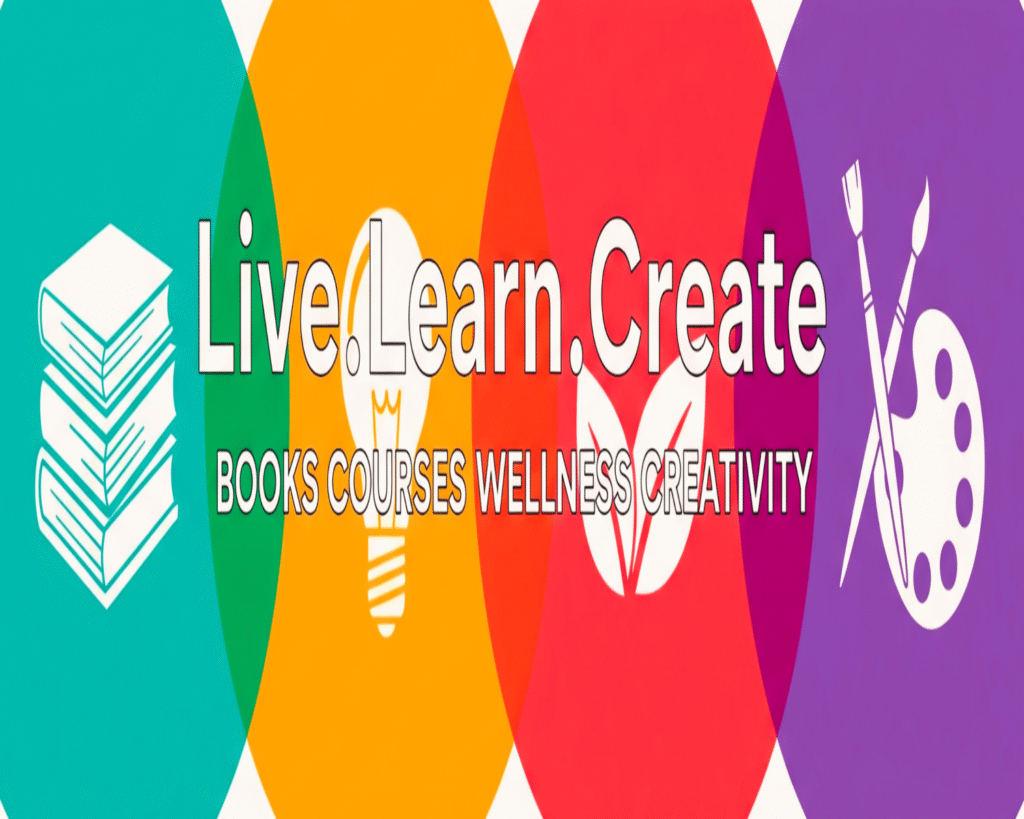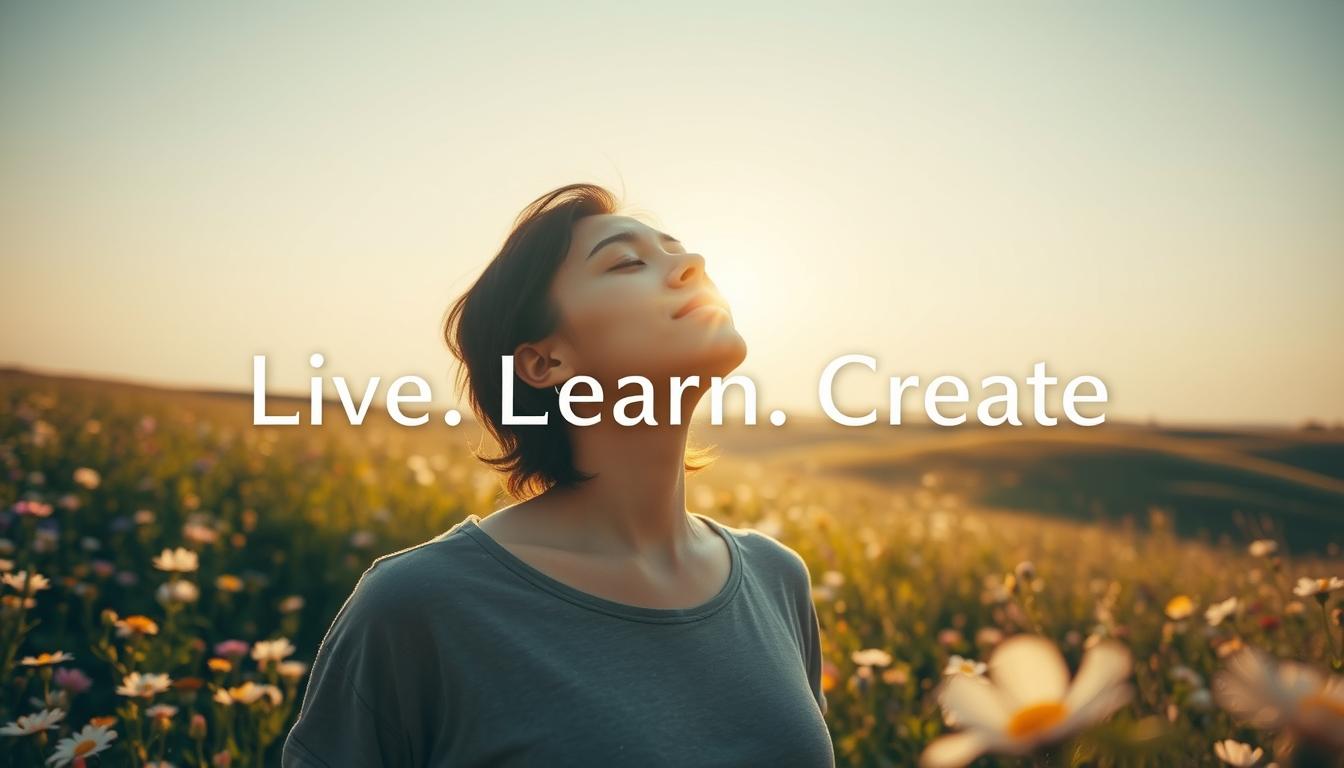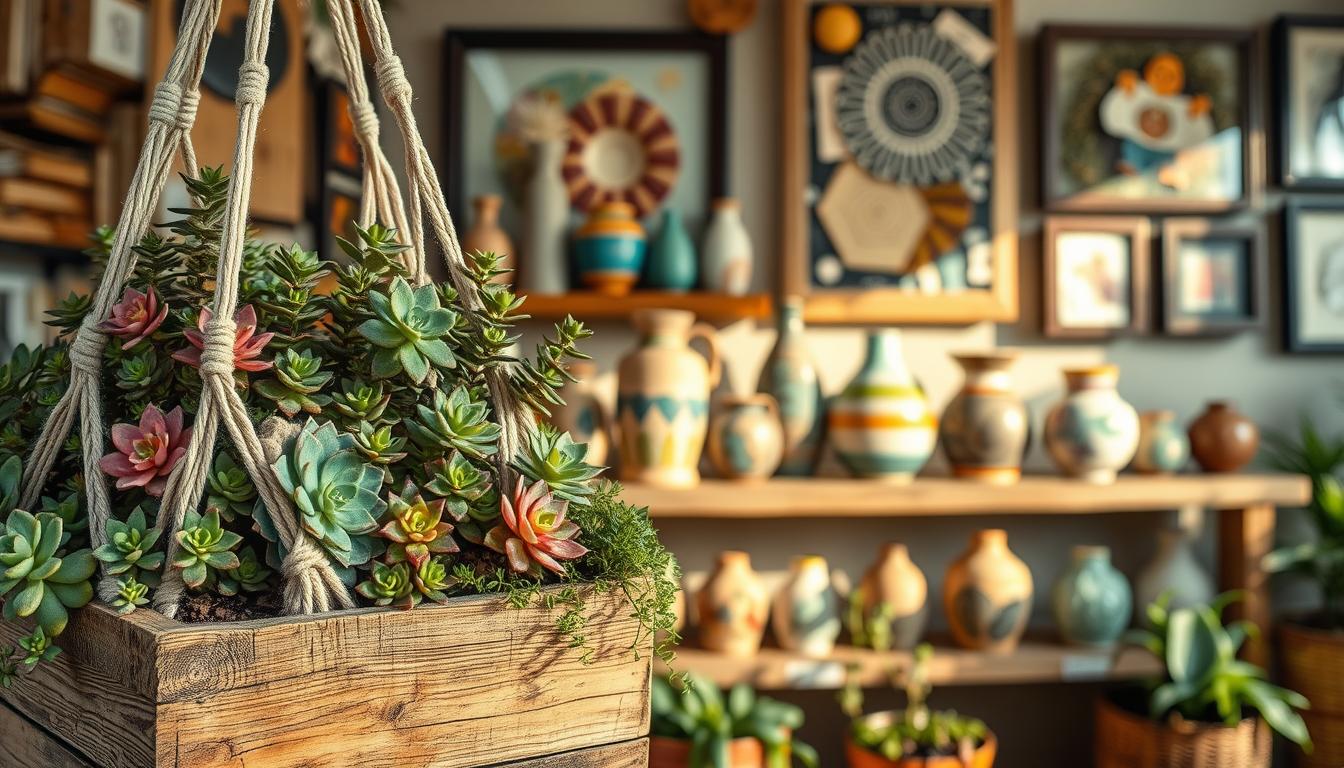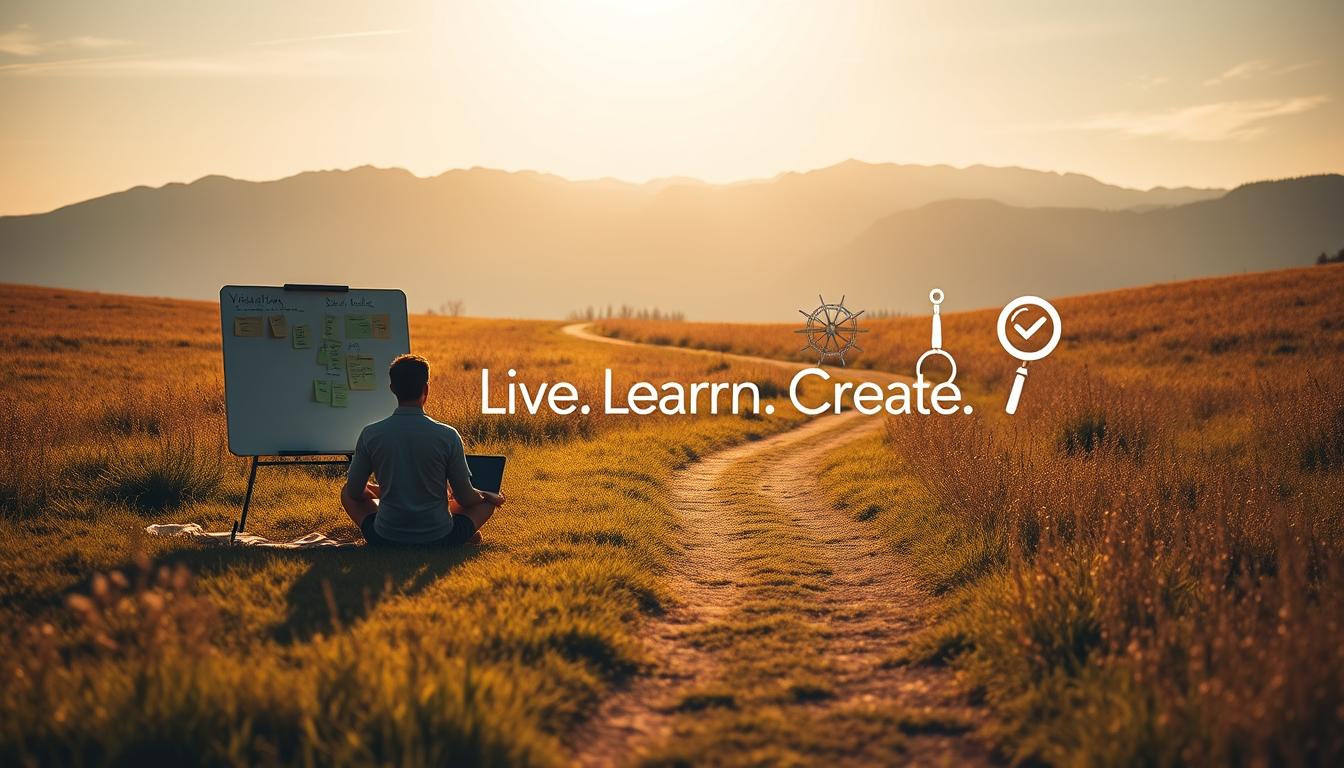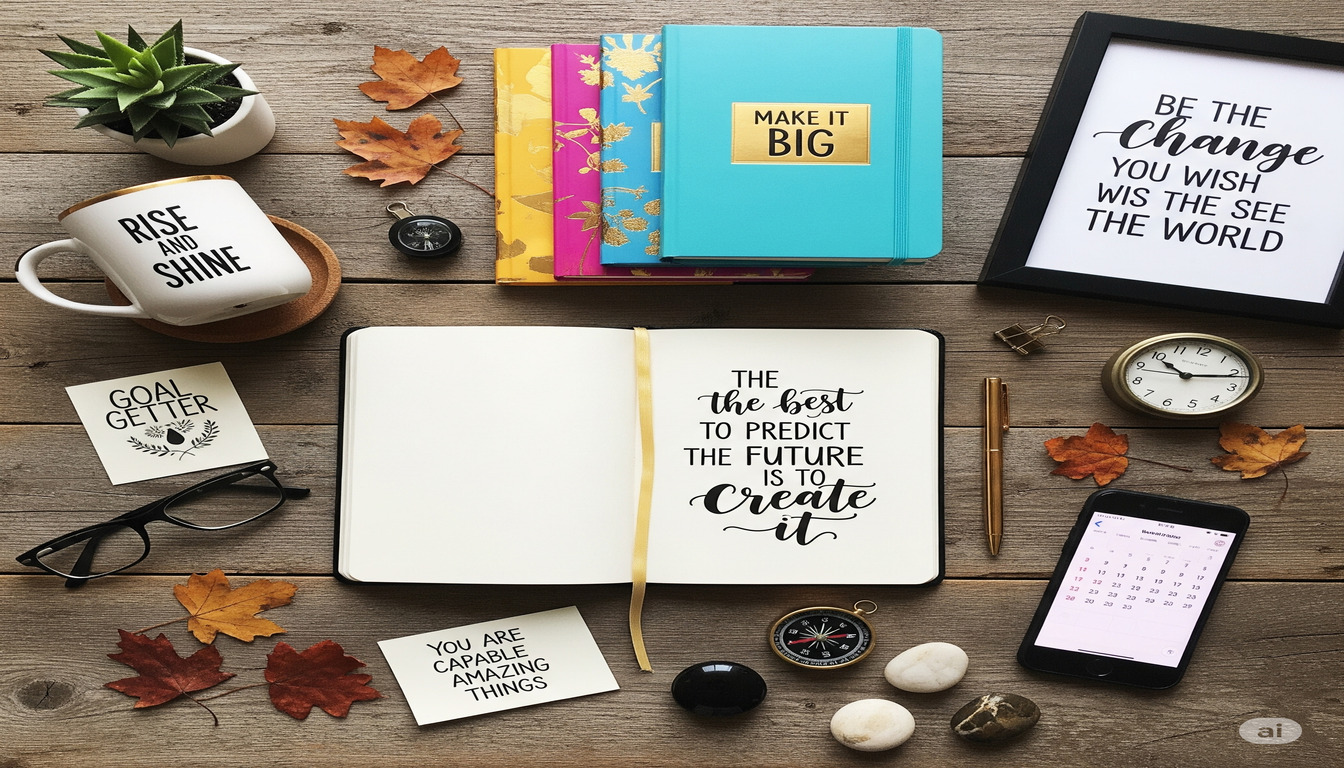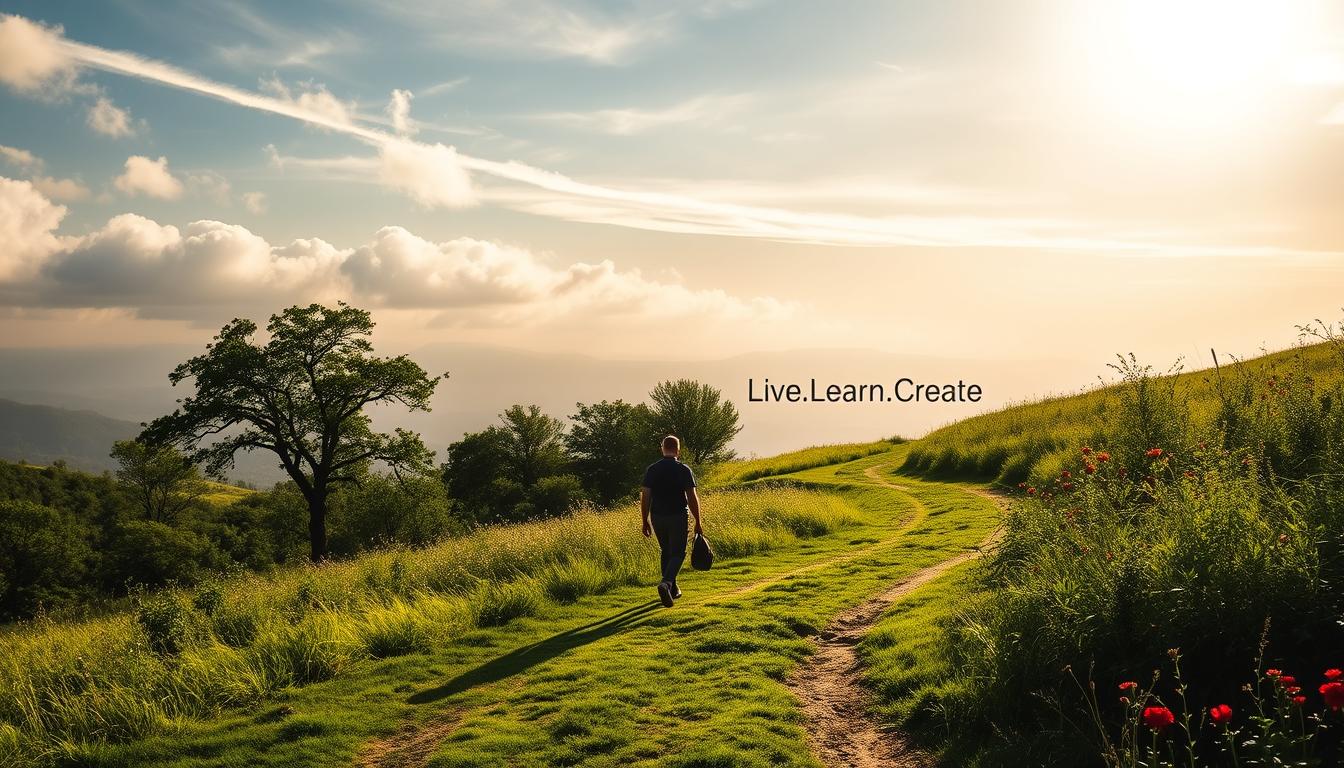“Becoming is better than being.” Carol Dweck’s simple yet revolutionary words capture the heart of what drives human potential. Her research reveals a truth many overlook: how we view our abilities—not the abilities themselves—shapes our capacity to learn, adapt, and thrive.
Imagine approaching life with the belief that every challenge is a chance to evolve. This isn’t about talent or luck—it’s about rewiring how you see progress. When we stop labeling ourselves as “good” or “bad” at something, we open doors to possibilities we once thought impossible.
I’ve seen firsthand how this shift changes lives. It turns setbacks into stepping stones and “I can’t” into “I’m learning.” The science is clear: our brains grow stronger when we embrace effort over fixed outcomes. This isn’t just theory—it’s a practical roadmap for creating lasting change.
Key Takeaways
- Your perspective on learning impacts success more than innate talent
- Challenges become opportunities when viewed through a flexible lens
- Effort and strategy matter more than predetermined abilities
- Self-doubt often stems from outdated beliefs about potential
- Small mental shifts create measurable improvements over time
Understanding the Fundamentals of a Growth Mindset
What if your potential wasn’t fixed but could expand like a muscle? This core idea separates two distinct approaches to life—one that limits and one that liberates. Let’s break down what this means for how you learn, adapt, and achieve.
Defining Growth Versus Fixed Mindsets
Here’s what matters most: how you view your basic qualities. Those with a flexible perspective see skills as developable through practice. They’ll tackle math problems thinking, “I’ll get better with time.” Others might say, “I’m just not a numbers person”—a classic fixed outlook.
Carol Dweck’s work shows this isn’t just semantics. Her studies reveal brain activity spikes when learners adopt phrases like “not yet” instead of “I can’t.” This shift literally rewires neural pathways, turning plateaus into progress.
Insights from Carol Dweck’s Research
Dweck discovered something revolutionary in classrooms. Students praised for effort (vs. innate smarts) chose harder tasks later. Why? They linked success to trying, not talent. This simple change boosted resilience across careers, relationships, and personal goals.
| Aspect | Growth Perspective | Fixed Perspective |
|---|---|---|
| Challenges | Embraces as opportunities | Avoids to prevent failure |
| Effort | Sees as path to mastery | Views as proof of inadequacy |
| Feedback | Uses for improvement | Takes personally |
| Success of Others | Finds inspiration | Feels threatened |
Notice how your self-talk aligns with these columns. That awareness? It’s your first step toward lasting change. Remember: abilities aren’t lottery tickets—they’re gardens you cultivate.
The Science and Psychology Behind Growth Mindset
Recent breakthroughs in neuroscience reveal why some learners bounce back from setbacks while others stall. What happens in our brains when we face challenges isn’t just fascinating—it’s life-changing.

Neural Evidence and Academic Resilience
Brain scans show striking differences in how students process errors. Those believing skills can improve light up regions linked to problem-solving. Fixed-perspective peers? Their brains go quiet—like hitting a mental “off” switch.
One study tracked electrical activity during math tests. Learners embracing challenges showed 23% more neural engagement when correcting mistakes. This biological proof: how we approach learning physically shapes our brain’s wiring.
The Role of Effort and Neuroplasticity
Every struggle to master new material builds stronger neural highways. This “mental muscle” effect explains why persistent students often outpace naturally gifted peers. Effort isn’t just practice—it’s biological transformation.
| Approach to Learning | Brain Response | Long-Term Impact |
|---|---|---|
| “I’ll keep trying” | Forms new connections | Faster skill acquisition |
| “I’m not good at this” | Weakens existing pathways | Stalled progress |
| Regular practice | Thickens neural networks | Enhanced recall |
Your biology supports change. A 2021 Johns Hopkins study found adults learning guitar developed measurable brain structure changes in eight weeks. Whether you’re 15 or 50, your cells are ready to grow.
Growth Mindset in Entrepreneurship and Personal Development
What separates thriving entrepreneurs from those who stall after setbacks? It’s not luck or raw talent—it’s how they reframe obstacles as stepping stones. Harvard’s William Sahlman puts it plainly: “Building businesses isn’t about innate genius—it’s about cultivating skills through deliberate practice.”
Transforming Setbacks into Learning Opportunities
I’ve watched clients turn failed product launches into market research goldmines. One founder analyzed 137 customer rejections to redesign her app’s interface—now used by 500k+ users. Mistakes become mentors when you ask: “What’s this teaching me?” instead of “Why me?”
Leveraging Challenges for Entrepreneurial Success
Take Indya Wright’s leap from banking to PR. She treated her industry shift like a crash course—studying branding trends during commutes and seeking feedback weekly. Within two years, her firm landed Fortune 500 clients. Her secret? “Every ‘no’ reveals what to improve next.”
This approach builds three key advantages:
- Resilience: Bounce back faster by viewing roadblocks as temporary
- Adaptability: Pivot strategies using real-time feedback
- Curiosity: Stay hungry for skills that solve emerging problems
Negative reviews? They’re free consulting. Slow sales? A prompt to test new markets. When challenges become data points rather than dead ends, you unlock what fixed thinkers miss—the art of productive perseverance.
Cultivating a Growth Mindset in Everyday Life
Transforming daily struggles into stepping stones begins with simple, intentional choices. I’ve discovered that how we approach ordinary moments shapes our capacity for extraordinary change—whether learning a new app or navigating a tough conversation.
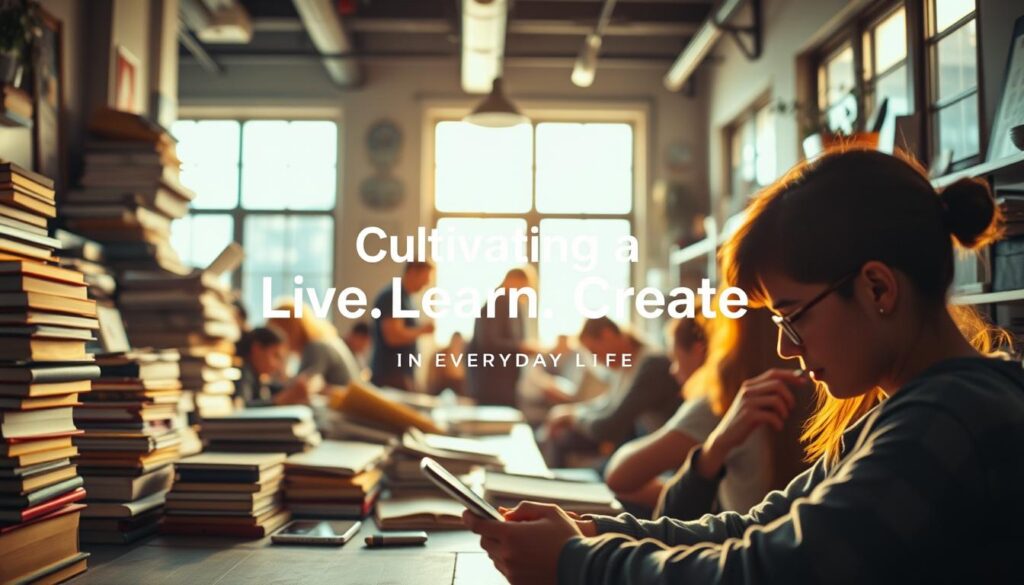
Practical Strategies for Embracing Challenges
Start by auditing your self-talk during minor frustrations. When my laptop crashed mid-project last week, I caught myself thinking “Why does this always happen?”—then flipped it to “What can I learn from this glitch?” That mental pivot uncovered three better file-saving habits.
Surround yourself with curious thinkers. One friend texts me weekly with “What’s your newest experiment?” That question pushes us both to try unfamiliar recipes, apps, even commute routes—turning routine into discovery.
| Situation | Fixed Reaction | Growth-Oriented Action |
|---|---|---|
| Critical feedback | Defensiveness | “Which part should I develop first?” |
| Skill gap | Avoidance | 15-minute daily practice |
| Failed attempt | Self-blame | Analyze two improvement points |
Track progress through learning journals. Jotting down one new insight daily—even small ones like “Learned to mute background tabs”—builds visible evidence of your evolving abilities. Over six months, these notes become a roadmap of personal breakthroughs.
Remember: lasting change grows through consistent, gentle effort. Celebrate when you choose curiosity over comfort—that’s where real transformation begins.
Actionable Steps to Foster a Growth Mindset
Let’s explore practical ways to turn everyday challenges into springboards for development. These methods work whether you’re tackling algebra problems or career pivots—they’re about building mental habits that stick.
Embracing the ‘Not Yet’ Mentality
That Chicago high school experiment changed everything. Students receiving “Not Yet” grades outperformed peers by 28% within a year. Why? The phrase frames setbacks as temporary checkpoints, not dead ends. Try this: next time you stumble, add “yet” to your inner dialogue. “I can’t code” becomes “I haven’t mastered loops yet.”
Celebrating Effort and Incremental Progress
Praise the process, not just results. A Stanford study found students who tracked weekly effort (not just grades) improved test scores by 14%. Create a “win jar”—note small victories like “Practiced Spanish for 10 days straight” or “Asked for feedback.”
| Situation | Fixed Response | Growth-Oriented Action |
|---|---|---|
| Low test score | “I’m bad at math” | “Which strategies need adjustment?” |
| Critical feedback | “They’re attacking me” | “What patterns can I improve?” |
| Skill gap | “I’ll never learn this” | “What resources bridge this gap?” |
Integrating Feedback for Continuous Improvement
Treat feedback like GPS directions—it shows where to turn, not that you’re lost. One teacher I know has students rewrite critiques as “adjustment opportunities”. Try reframing criticism: “Your conclusion was weak” becomes “Strengthening endings could elevate your work.”
Remember: neuroplasticity means every effort reshapes your brain. Those who understand this recover 40% faster from setbacks. Your abilities aren’t fixed—they’re waiting to bloom.
Inspiring Pathways to Long-Term Success
The journey toward lasting achievement isn’t about perfection—it’s about persistence. Carol Dweck reminds us that even experts refine their ideas over time. True progress happens when we honor both our strides and stumbles.
I’ve seen students transform when mentors share their own learning curves. A math teacher once confessed her early struggles with fractions—suddenly, algebra became less intimidating. This raw honesty builds trust and shows development is possible for everyone.
Effective support goes beyond cheering effort. It means specific feedback like, “Your problem-solving strategy improved—let’s build on that.” Dweck’s research confirms: meaningful guidance helps people connect actions to outcomes.
When challenges arise—and they will—pause instead of panic. Ask: “What tools do I need here?” I keep a notebook titled Work in Progress to track evolving strategies. Some pages contain more questions than answers—and that’s the point.
Your greatest impact might be invisible. A colleague adopted “not yet” in team meetings. Within months, junior staff proposed bold solutions instead of fearing mistakes. Small shifts in language create cultures where others dare to grow.
Remember: lasting success blooms through patience and practice. Each conscious choice to learn ripples outward, shaping lives beyond your own. What story will your efforts tell tomorrow?
FAQ
What’s the core difference between growth and fixed perspectives?
A growth perspective thrives on seeing potential through effort and learning, while a fixed view assumes abilities are static. For example, struggling with a task becomes either a chance to improve or proof of limitation.
How does Carol Dweck’s work shape our understanding of resilience?
Dweck’s studies reveal how praising effort over results rewires responses to challenges. Her “not yet” concept reframes setbacks as steps in the learning process, not endpoints.
Can adults truly rewire their brains to adopt this approach?
Absolutely. Neuroplasticity shows our brains adapt through practice. Small shifts—like reframing criticism as feedback—strengthen neural pathways tied to perseverance and curiosity over time.
How do entrepreneurs benefit from this mentality?
Viewing failures as data points—not dead ends—helps innovators pivot faster. Each obstacle becomes a lesson in market needs, team dynamics, or resource management.
What’s one daily habit to nurture this mindset?
Start with self-talk audits. Replace “I can’t” with “I’m learning how.” Track progress weekly, noting how effort—not just outcomes—drives improvement.
Why emphasize celebrating “small wins”?
Recognizing incremental progress builds motivation muscle memory. It trains the brain to associate hard work with reward, making sustained effort feel achievable.
How does feedback integration support long-term success?
Constructive input becomes a roadmap instead of a critique. By asking “What can I refine?” rather than “Was I right?”, you maintain forward momentum through iterations.
Transform your home into a more peaceful and mindful sanctuary. Creating a Zen-inspired home environment is a core part of the “Live.Learn.Create” theme, focusing on peace, mindfulness, and a clutter-free space. Here is a curated list of Zen home items.
The Zen Essentials
These items are the building blocks of a calm, intentional living space.
- Candles & Scents:
- Scented Candles: Look for calming, natural scents like sandalwood, lavender, white tea, or bergamot. Choose candles made with soy or beeswax for a clean burn.
- Essential Oil Diffusers: A minimalist, sleek diffuser made of bamboo, ceramic, or glass.
- Essential Oil Sets: Look for blends specifically for relaxation, focus, or sleep.
- Incense & Burners: Natural incense sticks (e.g., palo santo, sage) with a simple, elegant burner.
The Zen Decor
This is about incorporating natural elements and simple design.
- Natural Materials:
- Wood or Bamboo Trays: For organizing candles, stones, or other small items.
- Ceramic Vases: Simple, unglazed ceramic vases in neutral colors like white, beige, or gray.
- Minimalist Art: Simple line drawings, abstract prints, or nature-inspired artwork.
- Hand-Carved Stone Coasters: Or other small stone sculptures.
- Textiles:
- Linen or Cotton Throws: A soft, neutral-colored throw blanket to add warmth.
- Jute or Sisal Rugs: These add natural texture and grounding to a space.
- Meditation Cushions (Zafu) & Mats (Zabuton): These provide comfort for meditation and add a serene touch to a room.
The Zen Ambiance
These items help create a peaceful sensory experience.
- Lighting:
- Himalayan Salt Lamps: These provide a warm, soft glow.
- Japanese-style Paper Lanterns: For a soft, diffused light source.
- Dimmable Smart Bulbs: To easily control the warmth and brightness of your lighting.
- Sound:
- Tabletop Water Fountains: The gentle sound of running water is incredibly calming.
- Wind Chimes: Made from natural materials like bamboo or metal for a soft sound.
- Bluetooth Speakers: Small, aesthetically pleasing speakers for playing ambient or meditation music.
- Nature:
- Bonsai Trees or Air Plants: Low-maintenance indoor plants that bring life and a touch of nature indoors.
- Zen Gardens: A small, tabletop sand garden with a rake and stones for a meditative ritual.
- Decorative Rocks & Pebbles: For bowls or as a decorative element.
Best Sellers https://amzn.to/3Vet1tI
New Releases https://amzn.to/4mwLjTi
Amazon Movers & Shakers https://amzn.to/4fPsZlP
Mindfulness Coloring Books https://amzn.to/4fQ0wMx
Personal Growth Coloring Books https://amzn.to/4lJeRf0
Health & Wellness https://amzn.to/4oRt24C
Zen Home Decor https://amzn.to/3VeA3i6
Zen Garden Decor https://amzn.to/4mXjT8D
Zen Garden https://amzn.to/3HQTVVB
- Mindfulness & Meditation:
- Physical Wellness:
- Habit & Productivity Tools:
- Books:
- Best-selling personal development books (Mindset, The 7 Habits of Highly Effective People, The Subtle Art of Not Giving a F*ck)
- Books on a variety of skills (coding, photography, writing.)
- Educational Gadgets:
- Smart pens that digitize notes (e.g., Rocketbook)
- Portable scanners for digitizing documents
- Laptops, tablets, and accessories
Create (Creativity, Innovation, Projects)
These products cater to your creative side, whether you are a artists, writer, or DIY enthusiasts.
- Creative Supplies:
- Adult coloring books or “paint-by-sticker” books
- Craft kits (e.g., candle-making, pottery, embroidery)
- Digital Creation Tools:
- General Inspiration & Making:

